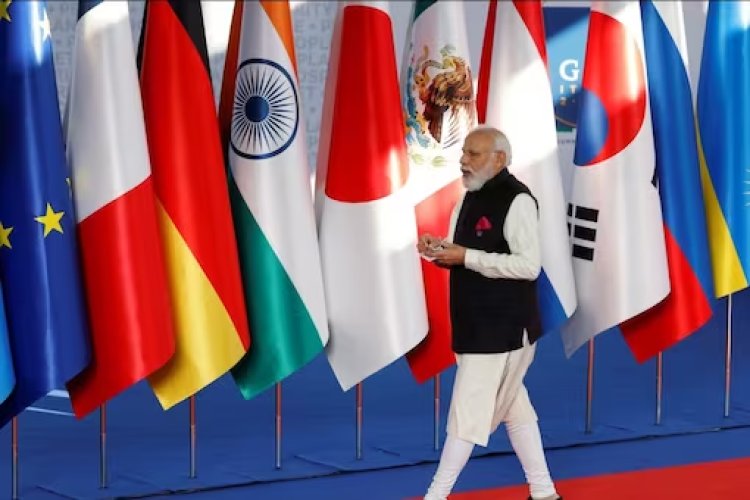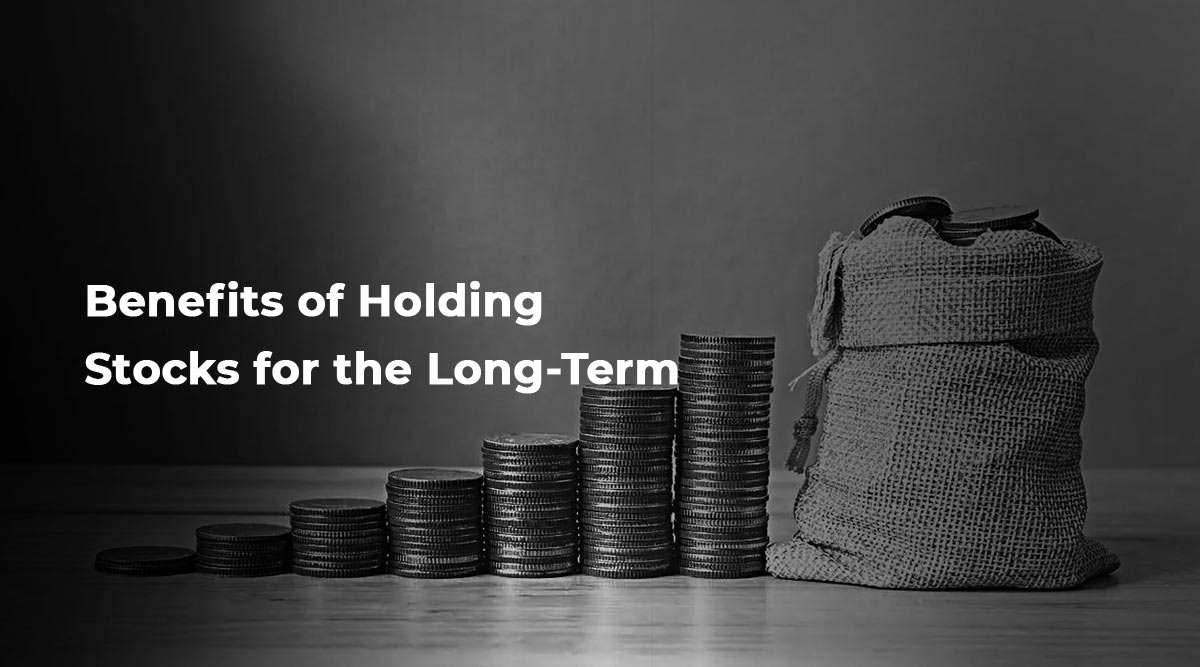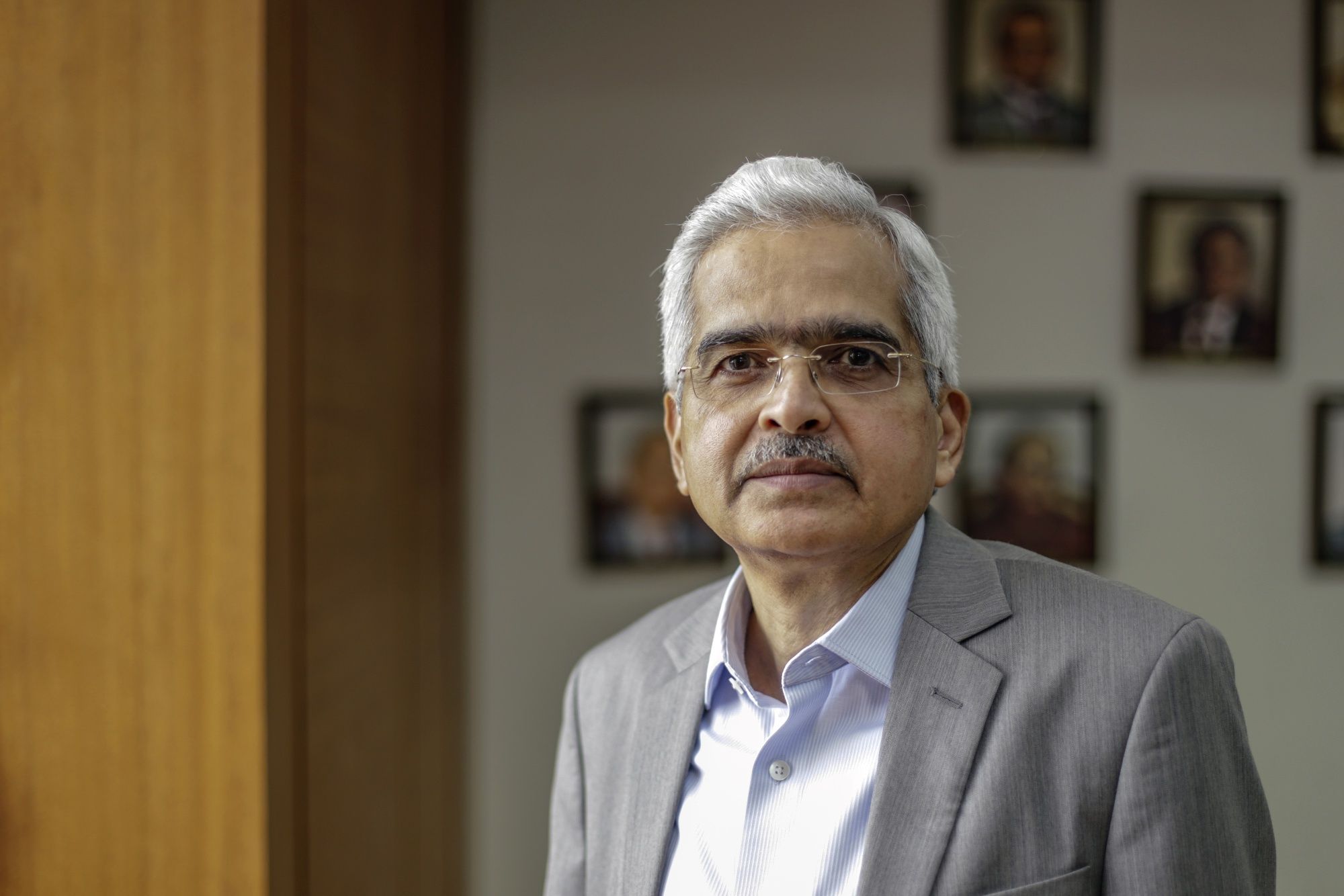India's growing economic power could lead to a world that is once again connected.
India can show how to mend global trade fissures by successfully navigating geopolitical and supply chain resilience-driven globalization trends.

A conversation with several street vendors in Mumbai selling gorgeous brightly colored textiles and fabrics revealed India's enormous economic potential to me many years ago. They told me that breaking into foreign markets was a major obstacle. My group and I tracked down a group of Indian textile producers with whom we were already acquainted and helped set up a meeting between them. In the end, it gave the sellers a chance to expand into new regions.
Then I saw that trade was the key to India's huge potential. It's exciting to think about what the next decade will bring, as a lot of ground has been covered and a lot of progress has been made over the years.
For instance, in 2022, non-oil bilateral trade between the UAE and India reached $49 billion, a 10% increase from 2021. This was thanks to the signing of the Comprehensive Economic Partnership Agreement (CEPA). Foreign investment risk is mitigated, and international trade is facilitated, through the elimination of tariffs and the expansion of access to markets. By 2027, our combined trade will be worth $100 billion thanks to this.
Beyond the scope of UAE–India commerce, however, such pacts offer hope for the revival of the global economy as a whole. India can lead the way in mending global trade rifts while it adapts to and benefits from the latest globalization trends brought on by geopolitical factors and the requirement for more robust supply chains.
Trade is essential to lifting billions of people out of poverty and supporting prosperity around the world, but in today's supply chain environment characterized by protective resilience techniques like friend-shoring and near-shoring, inclusive growth is necessary to make this a reality. India is a reliable and neutral trading partner with strong economic indicators and extensive ties, making it an ideal hub for re-globalizing international trade.
The country's commitment to collaborating with nations throughout the world in critical sectors like global value chains, food security, marine defense, and technology is essential for establishing norms for a re-globalized world, given its status as the fifth largest economy in the world and the second largest in Asia. By participating in groups like the UAE-France-India (UFI) Trilateral and the India-Israel-UAE-US (I2U2) Quadrilateral, the country is showing how we may reimagine trade and globalization such that they continue to benefit all parties involved.
The world economy is looking to India's G20 presidency this year for guidance as it attempts to rebound from the recent pandemic. Sustainable growth, digital public infrastructure, and tech-enabled development are some of the country's top priorities since they reflect the difficulties of the twenty-first century and the need for concerted international effort to address these issues.
Manufacturing across the country has done exceptionally well in the wake of the epidemic, helping the country reach its goal of exporting $400 billion in goods in FY22. In 2022-23, the country expects to earn $760 billion from exporting goods and services. In order to realize its goal of becoming a worldwide industrial centre, the government has significantly improved its logistical infrastructure. As a result of its openness to foreign direct investment (including one hundred percent FDI in high-priority infrastructure sectors like ports and shipping) and free trade agreements with developed economies, India has become a desirable location as a hub for logistics and infrastructure.
Of sure, India's tech pros can develop new solutions to the problems plaguing international trade. Initiatives like India Stack and platforms like Digi Locker and Unified Payments Interface (UPI) demonstrate the country's prowess in establishing public digital infrastructure at scale, which has been noticed and used internationally. Through increased end-to-end digitalization, which will also improve visibility and transparency along value chains, platforms like the Gati Shakti National Master Plan and the Unified Logistics Interface Platform (ULIP) highlight the potential of welcoming SMEs from emerging markets into domestic and global value chains.
India's location in the Indian Ocean, midway between the Middle East, Central Asia, China, and Southeast Asia, is a key factor in all of this. Location-wise, it has a lot going for it in terms of becoming a major trans-shipment hub for container traffic between Asia and Africa and between Asia and the Americas and Europe.
India can help construct a cooperative structure that supports the goals of COP27 to mobilize sustainable finance, particularly for emerging markets. Digitally progressive instruments can be integrated into global value chains as developing and developed economies actively engage with India to learn about technical know-how. As a result, international trade volumes will rise and operational efficiencies will improve.
India has a tremendous opportunity to unite the world in addressing global concerns by fostering partnerships, which is essential for creating inclusive global progress. India has the potential to become a true enabler of global trade if the country creates a domestic climate that facilitates the production of products at scale and is supported by robust bilateral alliances, infrastructure, and logistics.
Honorable Chairman DP World's chairman and CEO is Sultan Ahmed bin Sulayem.
Read Also : HP launches new Omen and Victus laptops and expands its gaming range.



















